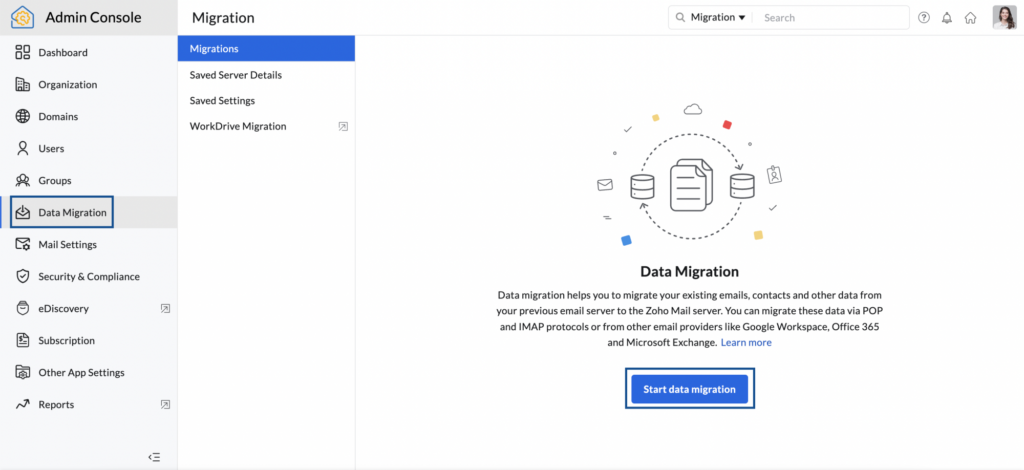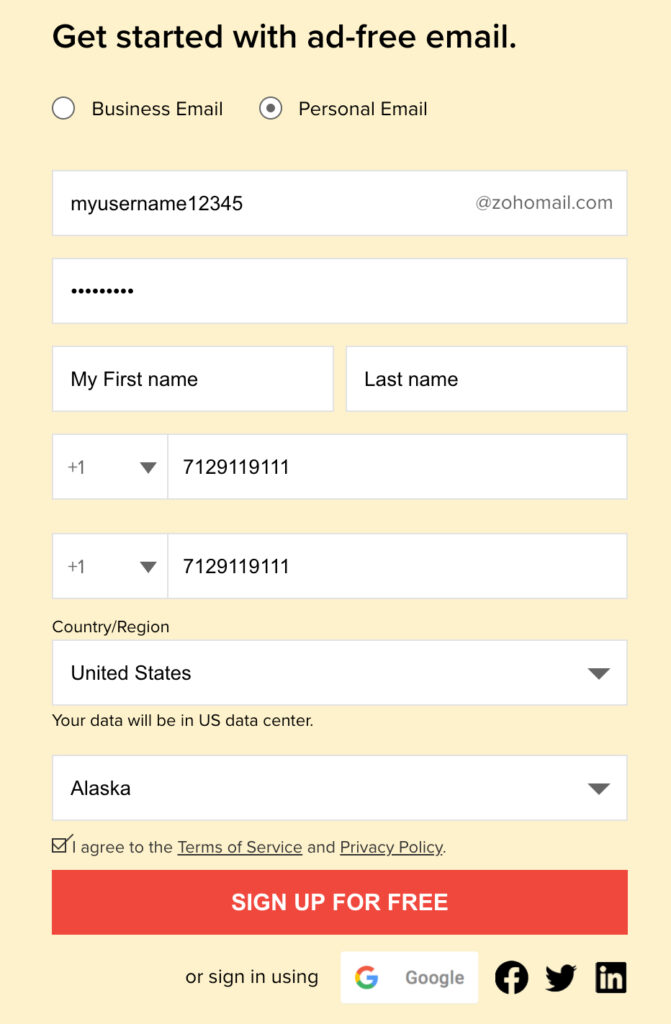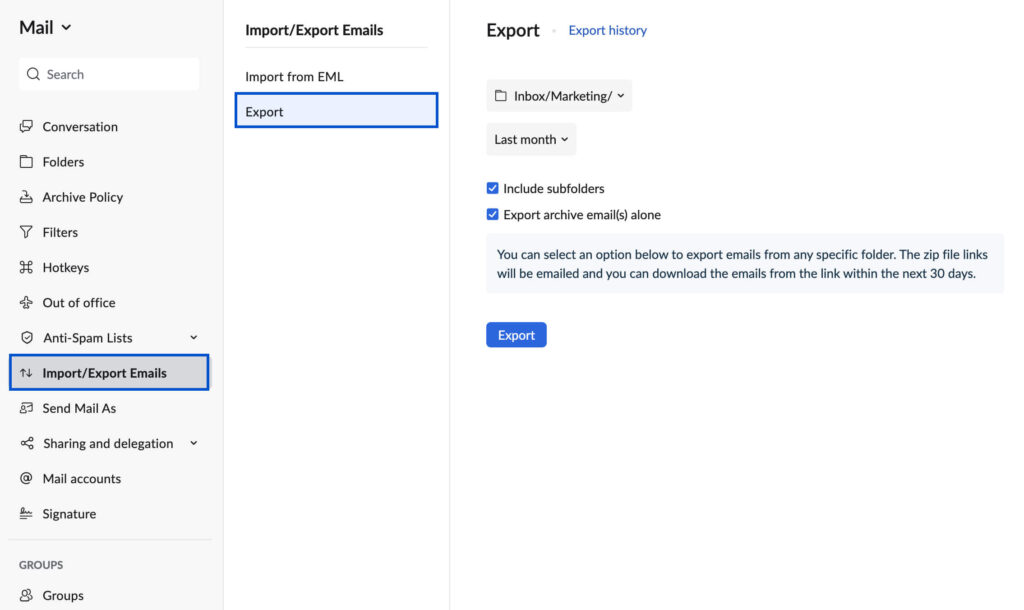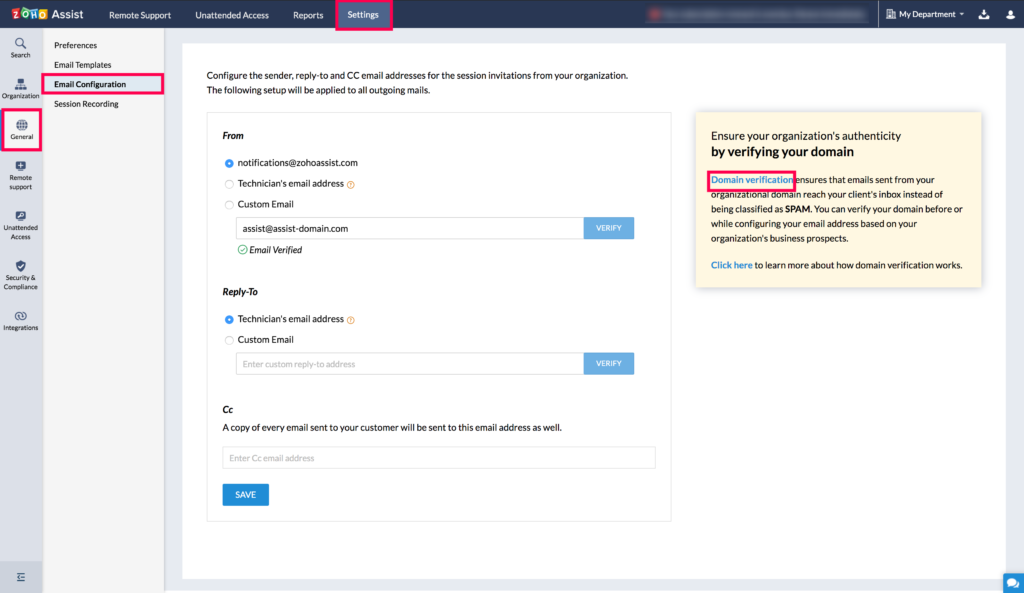Zoho migration services involve shifting data from other programs to the Zoho suite of applications. Several reasons may induce users to make this decision. Regardless, the procedure involves technical steps that may become complicated for non-technical users. That is why we have brought this in-depth guide allowing users to take step-by-step action towards a successful Zoho migration.
Zoho offers numerous products for businesses to serve their customers well and optimize their business functions. Zoho CRM and Zoho Mail stand out of the crowd in allowing firms to organize their operations. Thus, no surprise there when users choose to migrate from other programs to Zoho. However, guidance for Zoho migration is a must to facilitate seamless and secure data transfer. Keep reading this blog till the end and find answers to all your queries regarding Zoho Migration.
Are you willing to switch to Zoho to carry out your operations hassle-free? Worry not, as our technical specialists are available a call away at 1.833.802.0002. So, reach out to our team without delays and get proper assistance for your problems
What is Zoho Mail?
For this blog, we’ll discuss Zoho Mail and migration to this platform.
Zoho Mail helps users send emails within their organization. Further, users can utilize it to communicate with business and personal contacts for official or personal reasons. However, you cannot use it to send bulk promotional and mass emails.
Zoho Mail has several built-in apps to access from the Mail dashboard. It’s a one-stop solution for creating events, assigning tasks, viewing contacts, forming notes, and undertaking other operations. Zoho Mail is a collaborative business communication platform with multiple integrations. Many users may consider Gmail to Zoho mail migration for better and more efficient functioning with the program.
Read more :- Secure cloud migration services
What are Zoho Migration Services?

What are Zoho Migration Services
Zoho migration services allow for data transfer from one software or platform to Zoho’s suite of business software applications. Zoho offers many cloud-based business applications, including CRM, project management, accounting, HR, etc. Zoho migration services assist in seamless data migration from other software apps or platforms to Zoho for firms.
Zoho migration services typically involve exporting data from the existing software or platform, converting it to a format supported by Zoho, and then importing it into the relevant Zoho application. The procedure may vary depending on the software or platform from where the data is being migrated and the specific Zoho application it will be migrated to.
The email servers from where Zoho Migration services can occur are as follows:
- G-Suite
- Office365
- GoDaddy
- Microsoft Exchange Server
- Titan Mail
- IMAP/ POP Migration
Zoho migration services are offered by Zoho Corporation, as well as by third-party service providers. The cost of Zoho migration services depends on the complexity of the migration process, the volume of data to be migrated, and the service provider’s expertise. Therefore, getting a quote from a Zoho partner or a third-party service provider is recommended to get an idea of the cost of Zoho migration services.
Benefits of Zoho Mail’s Migration
Zoho Mail migration is seamless, swift, hassle-free, and flexible. It accounts for a better emailing experience with the smoothest transition from any application.
The shift to Zoho Mail can occur in various modes. It depends on the user’s needs, service, email, type, and migration mode. The following benefits accrue from ACT to Zoho migration:
-
Simplified Procedure
Whatever email you’re migrating from, the procedure remains seamless, quick, and smooth. To begin with the process, you must know the server details of your last account and the user you wish to migrate.
-
Migration Wizard to the Rescue
Zoho migration services offers an automated migration tool that assists in migrating your locally stored files. The switch becomes straightforward if server-to-server migration doesn’t fit well.
-
Continuous Monitoring
Users benefit from continuous monitoring and updates offered by Zoho throughout the migration. Their Control Panel contains information and updates regarding the migration process at the end.
-
Fastest Migration
You can avail of interruption-free and quick migration service. It prevents you from worrying about anything.
-
Secure Migration
Users can migrate their data securely and carefully. Everything gets transferred and replicated precisely in the new Zoho Mail account.
Recommended article:- QuickBooks Data Recovery Services
Migration from G-Suite to Zoho Mail Via IMAP/ POP
The program offers numerous flexible options for email migration from Gmail to Zoho. The G-suite contains Tasks, Calendars, Contacts, etc., apart from Gmail. So, a comprehensive migration can occur.
Begin by creating the respective user accounts in Zoho Mail before adding migration. Then, undertake the following steps:
Step 1: Sign up for Zoho Mail

Sign up for Zoho Mail
If you haven’t taken action yet, sign up for a Zoho Mail account.
Step 2: Export your Gmail emails
Take the following actions concerning Freshdesk to Zoho migration services.
- Head to your Gmail account
- Here, click the gear icon, and tap “Settings.”
- Choose the “Forwarding and POP/IMAP” tab from the Settings menu.
- Under the “IMAP Access” section, turn on IMAP access.
- Save your changes, and then launch your email client (like Outlook or Apple Mail) and set up a new IMAP account using the following settings:
- Incoming Mail Server: imap.gmail.com
- Incoming Mail Server Port: 993
- SSL: Yes
- Outgoing Mail Server: smtp.gmail.com
- Outgoing Mail Server Port: 465 or 587
- SSL: Yes
- Username: your full Gmail email address
- Password: your Gmail password
- Once your email client has downloaded all your Gmail emails, export them to a file format that Zoho Mail can import. One option is to use the Google Takeout tool to export your emails to an MBOX file.
Step 3: Import your emails into Zoho Mail

Import your emails into Zoho Mail
You can import your emails into Zoho Mail through the following steps:
- Log in to your Zoho Mail account and go to “Settings” > “Import/Export” > “Import Emails.”
- Tap the MBOX file you exported from Gmail and click “Import.”
- The import process may take some time, depending on your mailbox size.
Step 4: Verify your domain

Verify your domain
If you use a custom domain with Gmail, you’ll need to verify that domain with Zoho Mail. Do this through the following steps”:
- Head to the Settings.
- Tap the User Details option.
- Lastly, click Verify. Execute the instructions to help you verify your domain.
Step 5: Set up your email client
Finally, set up your email client (such as Outlook or Apple Mail) to work with your Zoho Mail account. The following settings can help:
- Incoming Mail Server: imap.zoho.com
- Incoming Mail Server Port: 993
- SSL: Yes
- Outgoing Mail Server: smtp.zoho.com
- Outgoing Mail Server Port: 465 or 587
- SSL: Yes
- Username: your full Zoho Mail email address
- Password: your Zoho Mail password
These are all the steps you’ll need to learn how to migrate Gmail to Zoho Mail. Now, you should be able to send and receive emails using your Zoho Mail account.
Gmail’s Behaviour During Migration
When you undertake Gmail to Zoho migration services, you’ll notice the following things in Gmail and Zoho:
- The emails get organized using labels in Google Workspace accounts. In Zoho, labels get treated as folders, and emails migrate to the respective folders. Since one email can have more than one label, it may be available in multiple folders.
- Email duplication may arise due to label/ folder issues. It may cause the file size to bloat and lead to problems.
- Users can avoid this problem by minimizing overlapping labels in their Gmail accounts.
- All emails marked as Important in Gmail are also available in the Inbox section. So, if you wish to save storage, you should add the Important label to the exclude folder list.
- Configure the settings correctly to ensure no duplication or related problems arise during Gmail to Zoho Mail migration.
Bottom Line
We hope this detailed guide regarding Zoho Migration services will assist you in taking the proper steps. Although the procedure is technical, you should be able to manage and get insights into the process through this guide. Further, if it gets too complicated for you, you can always contact our specialist team at 1.833.802.0002. Finally, we’ll ensure a seamless migration process without affecting your data.
You may also read like to read:- QuickBooks Migration Tool
FAQs
How long does Zoho Migration Take?
Multiple factors affect the migration process from Gmail to Zoho. The primary ones include your network speed and mailbox sizes. Generally, a mailbox containing 1 GB of data takes around 15 minutes to migrate completely.
Will the re-migration of data affect anything?
No, in fact, if you re-migrate, the system will ensure no duplication arises.
Can we migrate all the users in the migration at a time?
Although you can migrate all your users during migration, we won’t recommend it. It’s because doing it in a specific number of batches helps monitor the migration process. Further, the number of users and their mailbox size will also be a consideration in this decision.
How will I know if all my data has been migrated?
The migration dashboard section of your Control Panel will contain complete details of the data that has been migrated. Here, you can check the number of emails, events, and contacts that have been relocated. If anything hasn’t been transferred, you’ll receive a report explaining the interruption’s reason.
